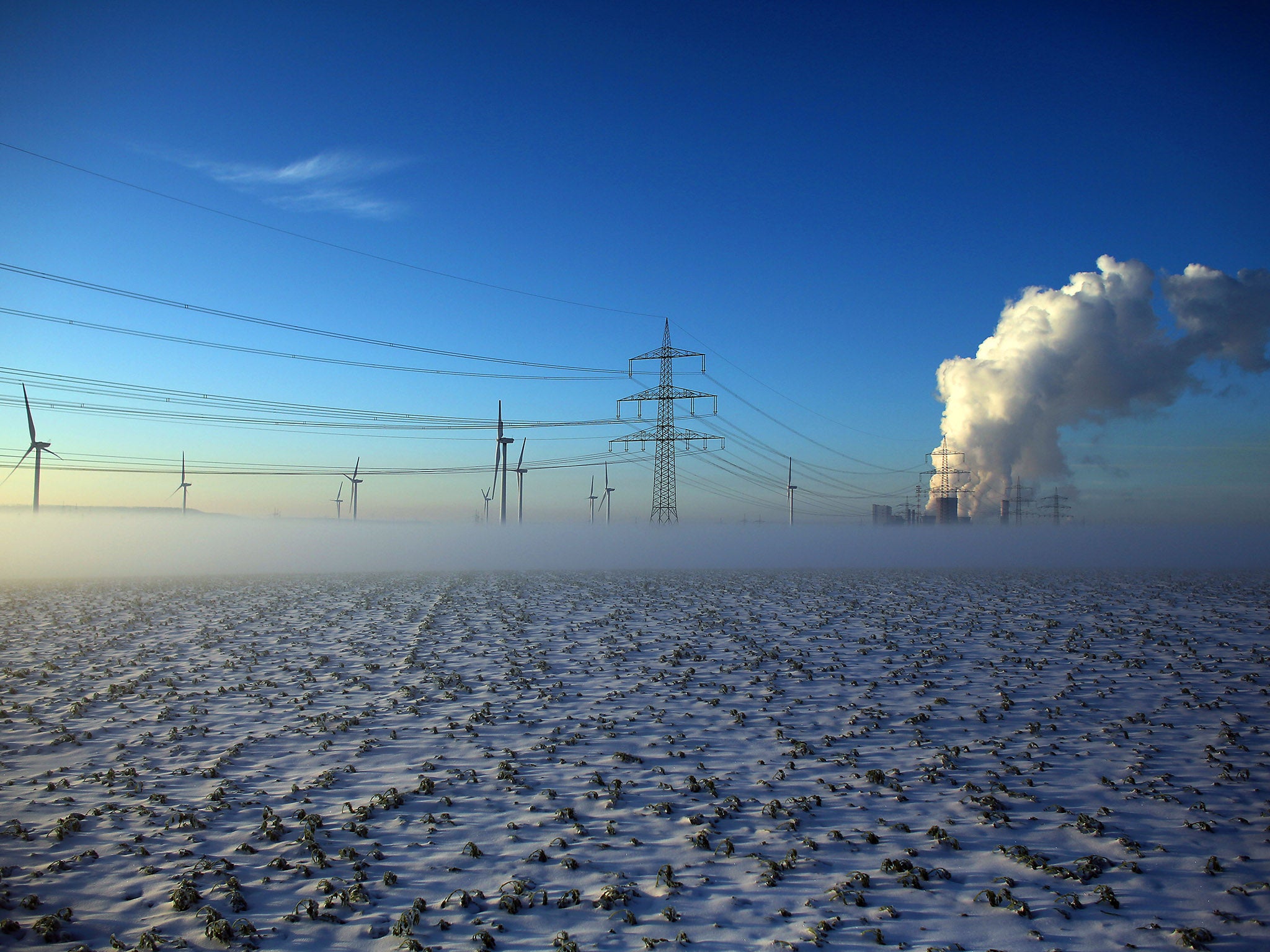Starting with the Arctic, could some effects of global warming be reversed?
The former Director General of the UK Meteorological Office thinks so

Governments are in the midst of preparations for the 2014 UN Climate Summit, which begins in Peru on December 1, in advance of potential agreement of a new global climate treaty next year. The scientific basis for these international attempts to reduce fossil fuel consumption is data from cutting-edge research which has recently yielded conclusions showing how at least some effects of global warming could be reversible.
The atmospheric warming from climate change varies greatly over the Earth and is greatest in the Arctic regions. The annual average surface temperature in the Arctic has now risen by about 2.5 degrees Celsius since the pre-industrial period. This is more than 1 degree warmer than the global average.
The latest measurements, presented last month at London’s Royal Society, also showed how warming leads to melting of sea ice in summer months to such an extent that, in some years, ice now only covers about 10 per cent of the Arctic ocean. Summer ice coverage in the Arctic is now predicted to be less than 1 per cent within the next 20 years, or sooner, based upon latest radar data from satellites, acoustic data from submarines, and more detailed computer models of how the melting is accelerating as less solar radiation is reflected and the water temperature rises in open spaces between the ice, and as the ice is broken up by winds and wave motions in these spaces.
The melting of sea ice is widely seen as a wholly negative occurrence, partly because it is perceived as irreversible. However, this is flawed on two potential counts.
First, melting of sea ice could offer some potential opportunities for slowing global warming by, for instance, shortening shipping routes through the Arctic ocean. Right now, shipping accounts for some 15% and rising of global emissions.
Moreover, radiation physics, along with detailed modelling, also show that if greenhouse gas emissions were to decrease significantly below present levels, the Arctic atmosphere and ocean would cool and summer ice would return. This would happen eventually even if greenhouse gases were to decrease slowly over many decades.
Of course, such a reversal of current policies will be very difficult, not least given the predicted carbon-intensive growth of emerging economies. Indeed, even if a huge international shift occurred that kept emissions constant at around present levels, which is highly unlikely, global average temperature would still rise slowly for a period of some 100 years. This is the time needed for present excess carbon dioxide in the atmosphere to return to pre-industrial levels.
Aside from potential return of summer ice in the Arctic, there are other climate change impacts that could be potentially reversible. This includes the diminishing of some extreme weather events associated with global warming.
Rapid warming in the Arctic over land areas, as permafrost melts, as well as the sea, is affecting climatic variations in much of the Northern hemisphere. The high altitude atmospheric jet stream, long known for its influence on North American weather, now meanders further to the North and South and affects large scale weather patterns over Europe and Asia.
Research from US institutions has explained that these are similar to the ‘slow moving, blocked’ circulations that are regularly associated with patterns that include very high and low temperatures, and intense storms around the edges of these zones. The interconnection of these extreme weather events, for which statistical evidence is growing, are consistent with the landmark model-based hypothesis by Cassou and Gulyardi in 2007 that with climate change more of these events are triggered which can last longer.
Several research groups are now studying how the changing Arctic is affecting connections between such weather events. Clearly, if Arctic ice is potentially reversible, then at least some of these could be diminished.
Another example of potential recovery would be along low lying coastlines of Arctic regions. Here, as ice returns, waves generated by wind on the open ocean would diminish, if Arctic areas cooled again.
Nonetheless, despite the possibility of reversal in some areas, there is equally strong evidence that even drastic reductions of greenhouse gases in coming years would not restore other elements of the climate system and natural environment to their historic Holocene states. At least, not in any timeframe measured in less than centuries.
For instance, a vital component of the climate system is the ice stored in glaciers and along coastlines. This ice is decreasing at an accelerating rate as a result of atmospheric and ocean warming.
In 2001, for instance, the Larsen shelf-ice, the size of Wales, cracked and slid into the ocean. This ice had been in place for more than 10,000 years, and would take centuries to be restored.
Since the loss of shelf-ice accelerates the descent of adjacent glaciers into the sea, reversal of global warming could slow down sea level rise by slowing movement of ice into the oceans.
However, the current rate of sea level rise of about 10 millimetres per year is already causing serious impacts on the most vulnerable coastal areas, with some communities having to evacuate.
Taken overall, the world needs to make large reductions in emissions in coming decades. However, regionally based action is also necessary to minimise climate change dangers, particular for very exposed communities, even if some of these impacts might potentially be reversed in the very long-term.
Julian Hunt is Visiting Professor at Delft University of Technology, a member of the UK House of Lords, and former Director General of the UK Meteorological Office

Join our commenting forum
Join thought-provoking conversations, follow other Independent readers and see their replies